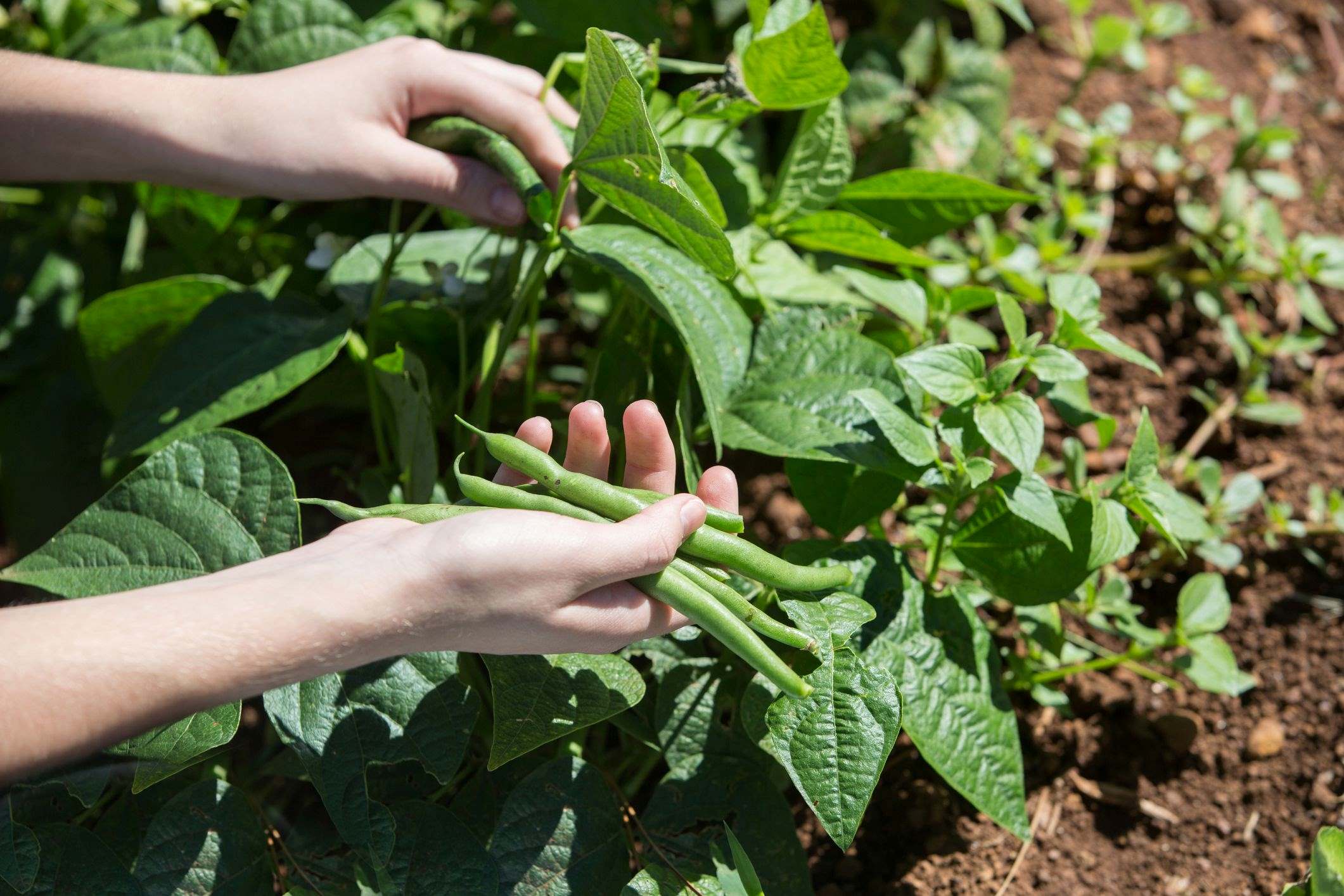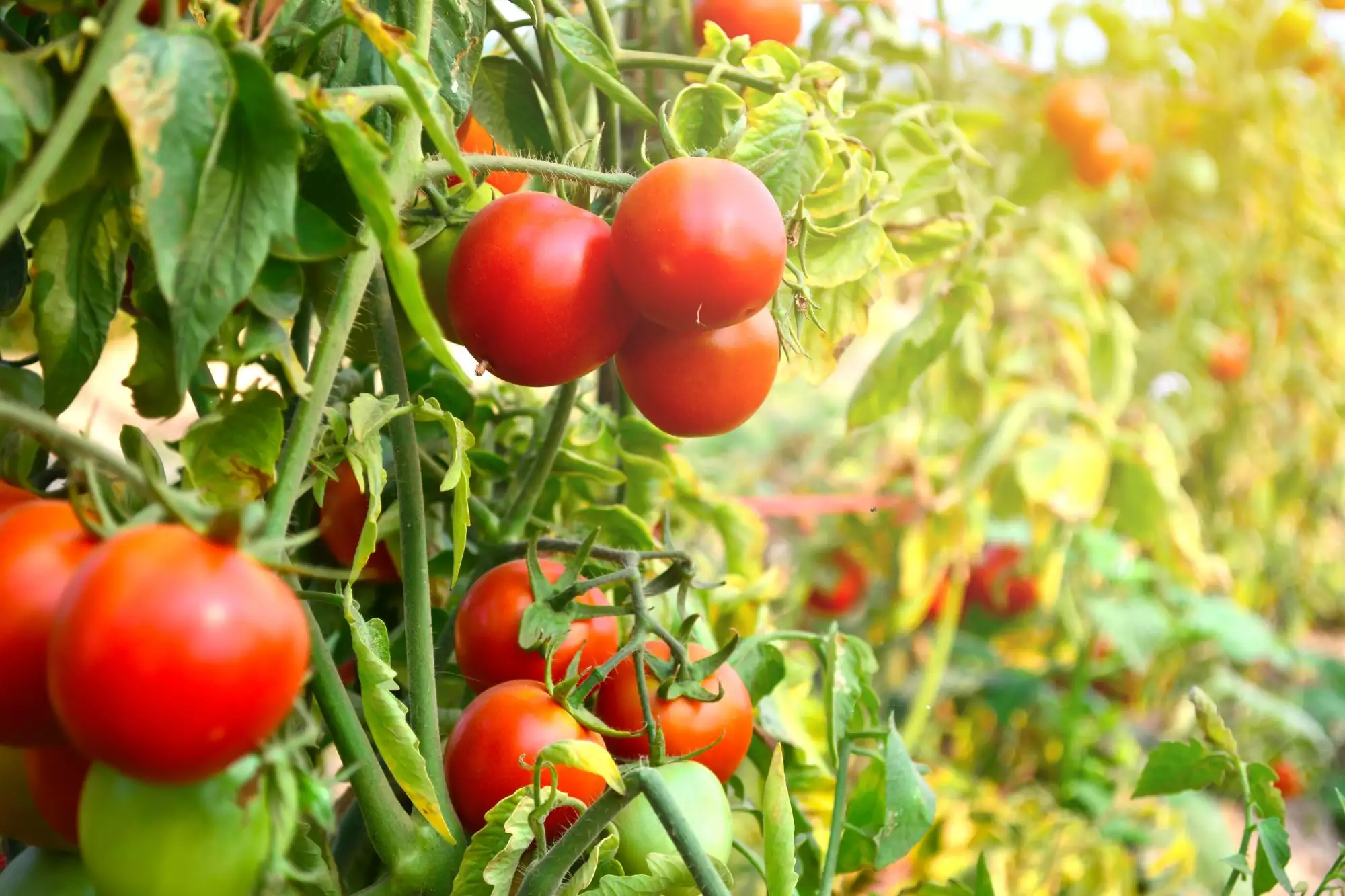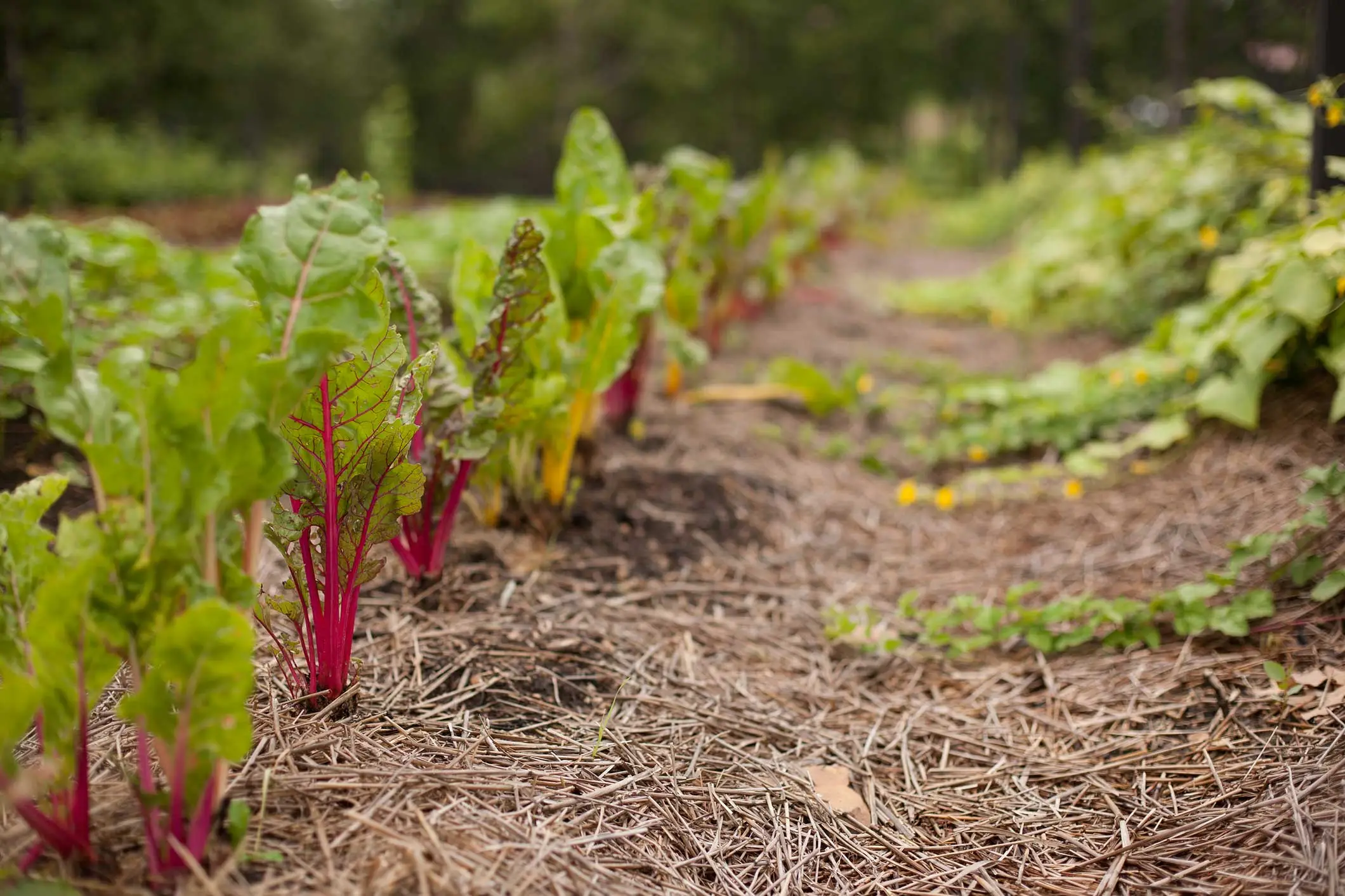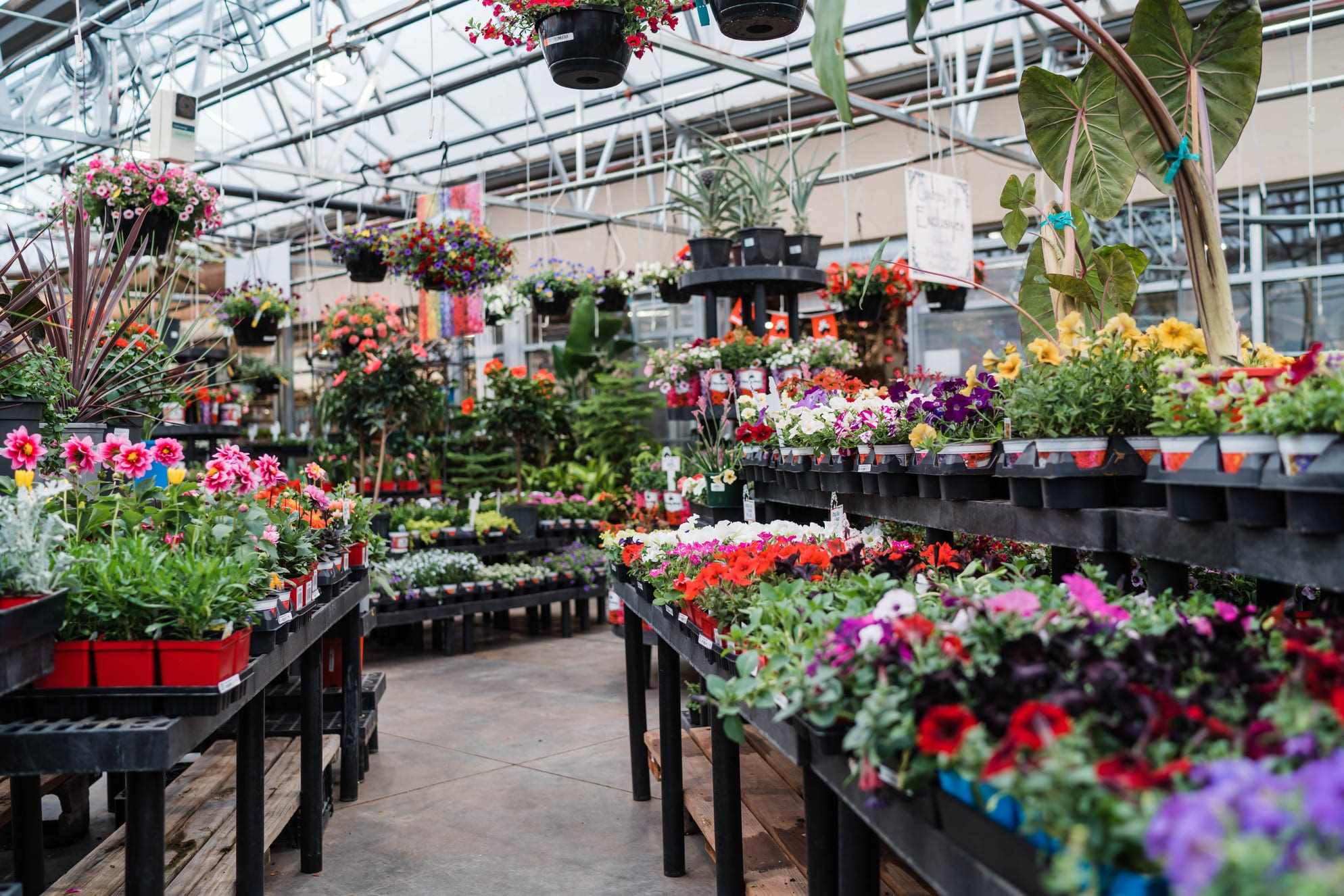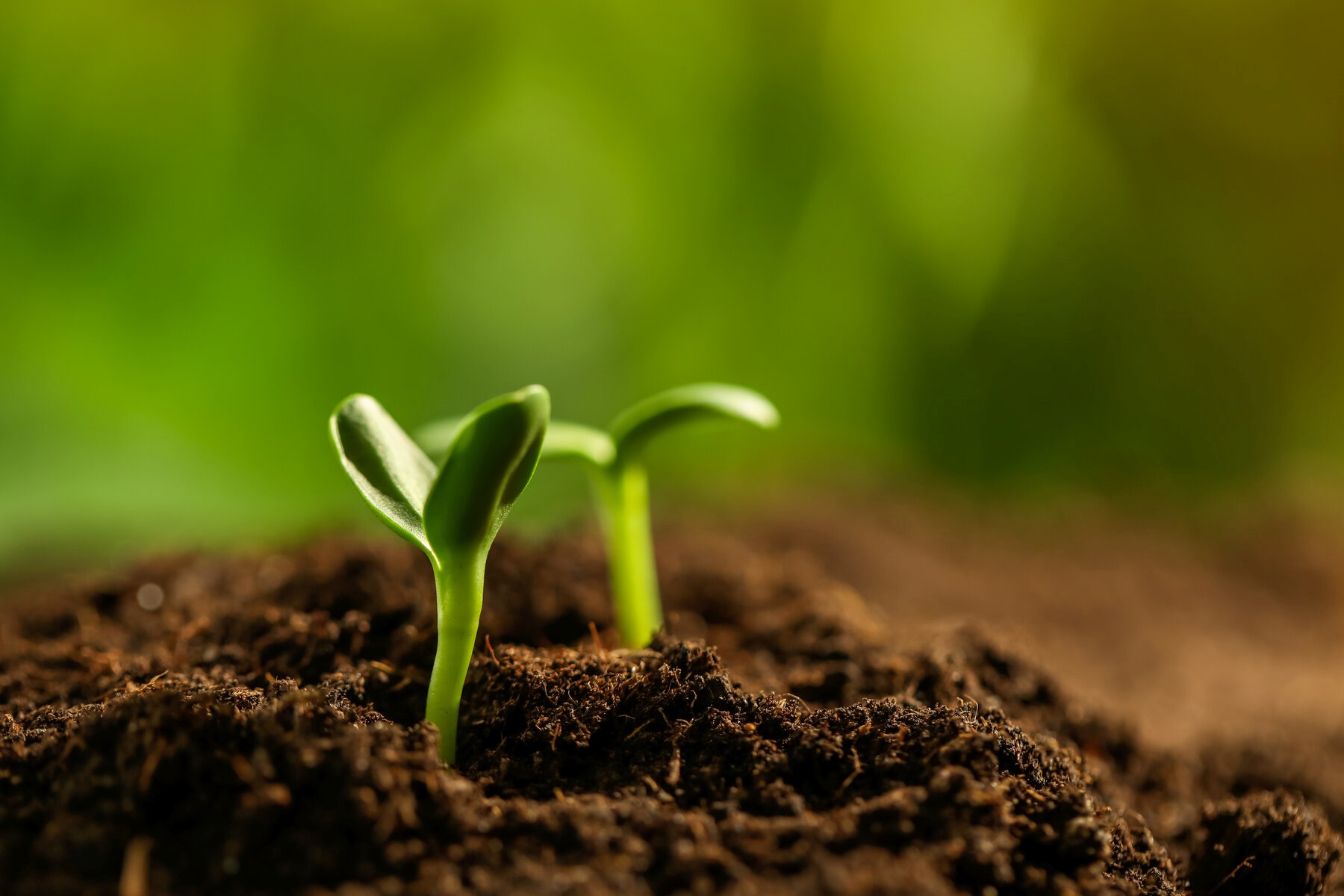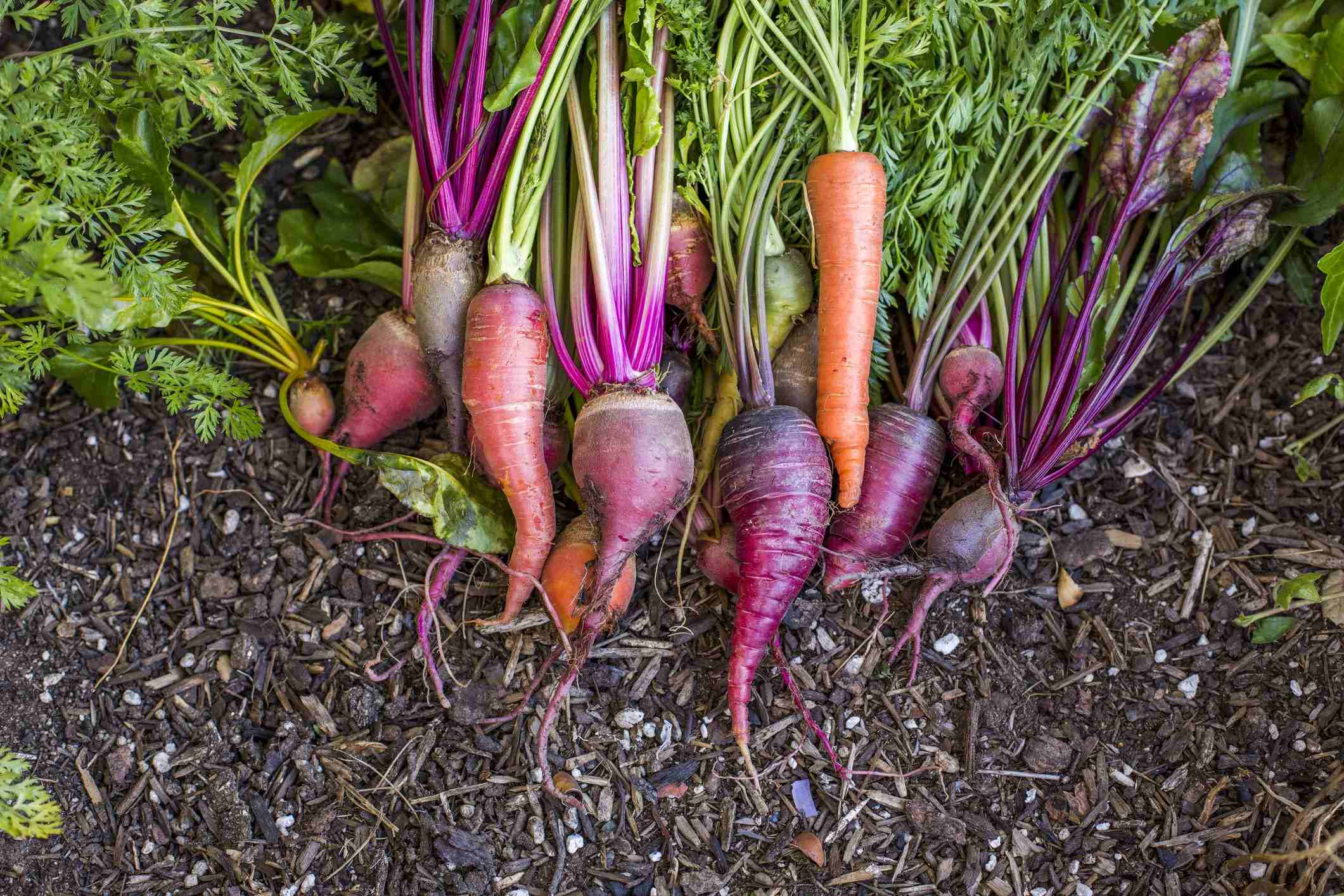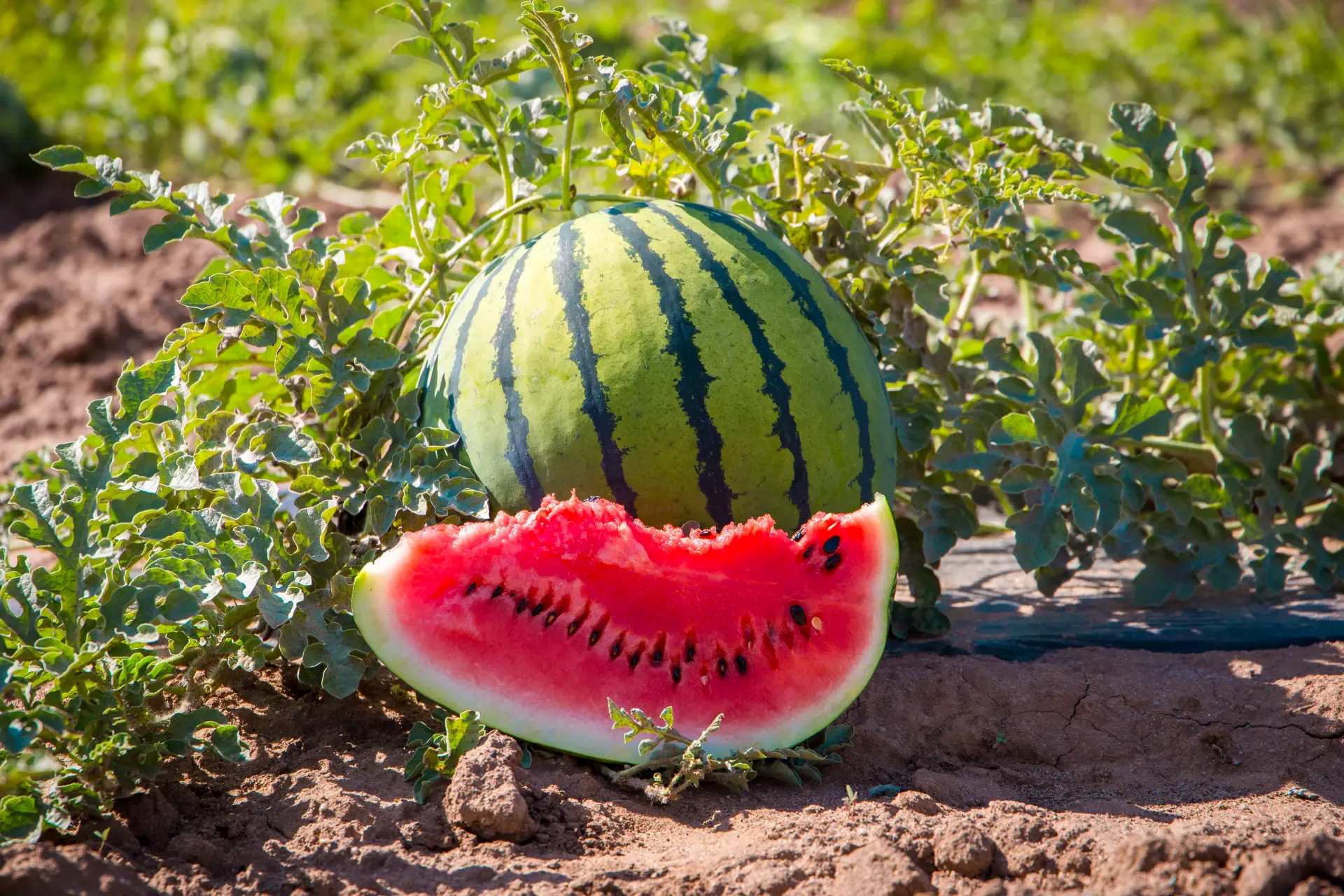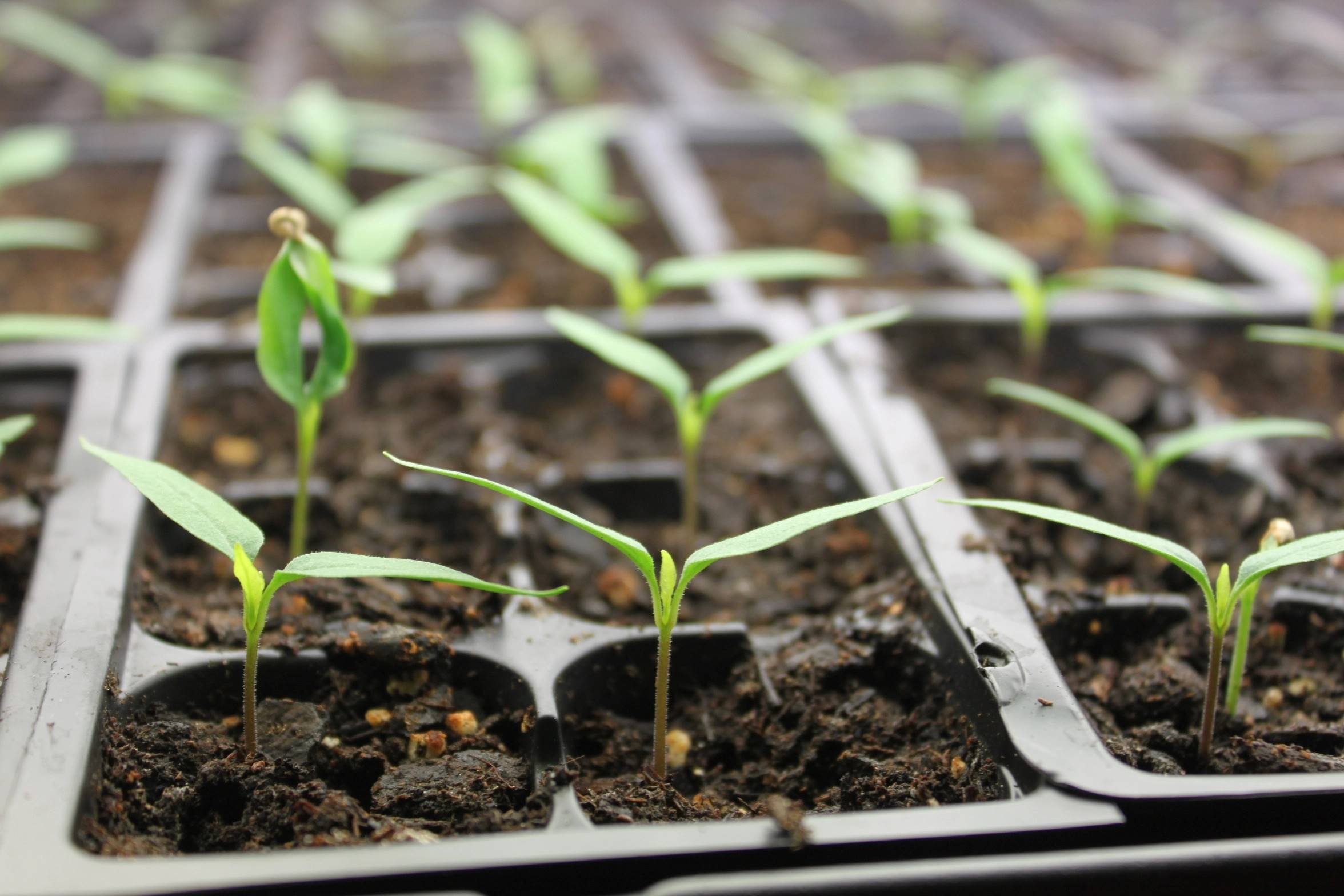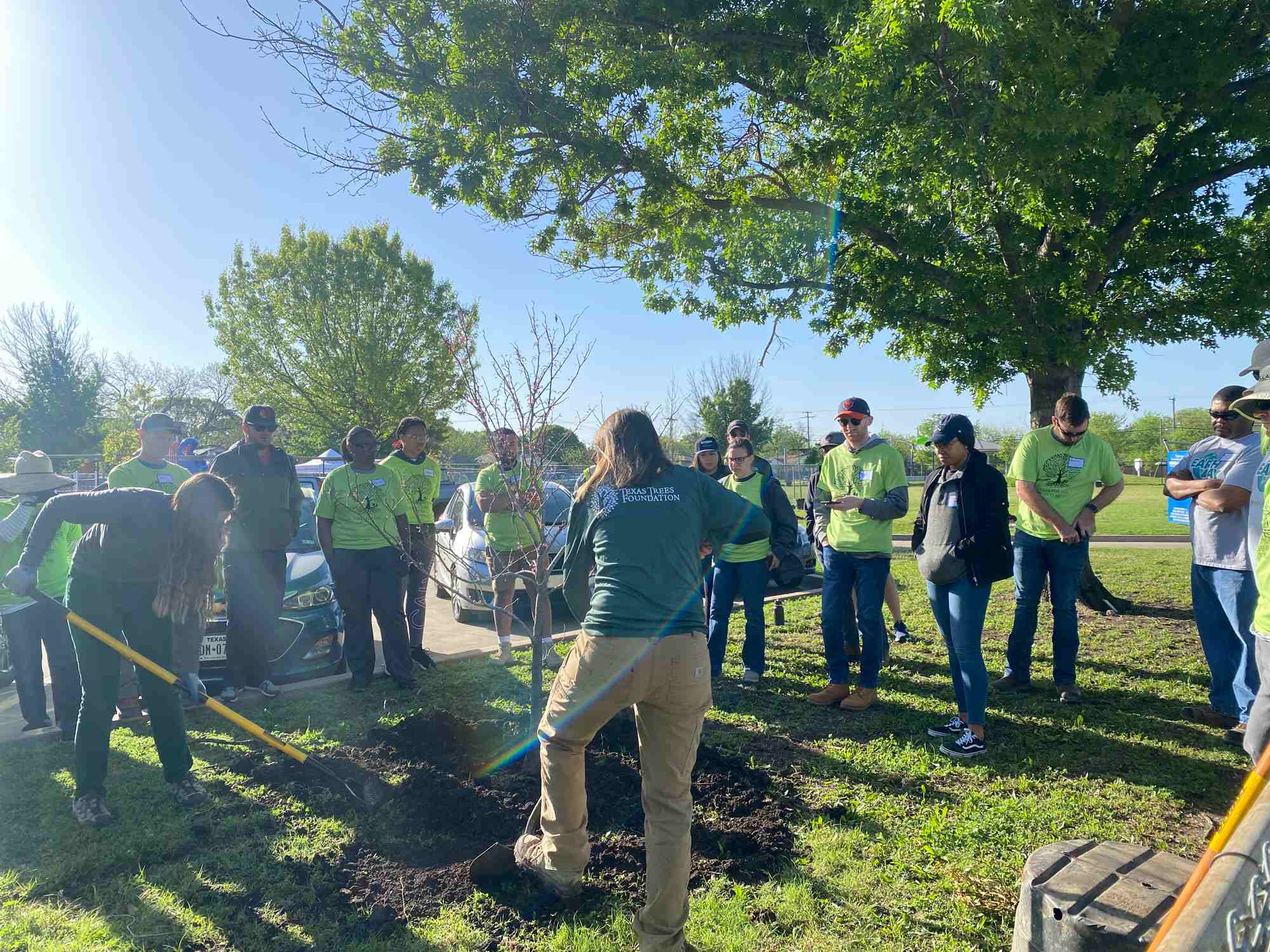Home>Gardening Techniques>Seasonal Gardening>When To Start Planting In Texas
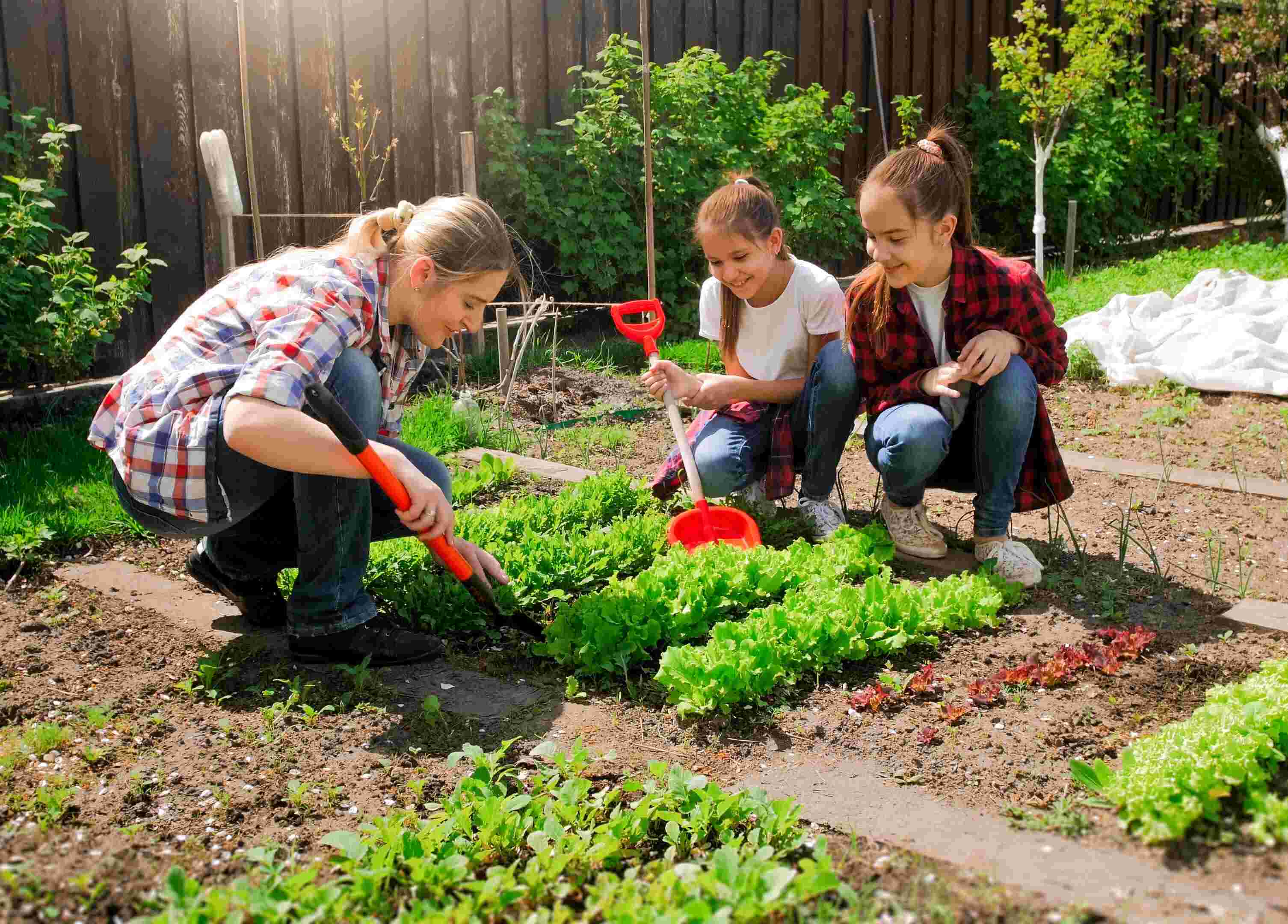

Seasonal Gardening
When To Start Planting In Texas
Modified: January 22, 2024
Learn when to start planting in Texas with our seasonal gardening guide. Get expert tips and advice for successful gardening in the Lone Star State.
(Many of the links in this article redirect to a specific reviewed product. Your purchase of these products through affiliate links helps to generate commission for Chicagolandgardening.com, at no extra cost. Learn more)
Table of Contents
Introduction
Welcome to the world of seasonal gardening in Texas! Whether you are a seasoned gardener or a beginner with a green thumb, understanding the best time to start planting is crucial for a successful garden. Texas has a unique climate that can vary greatly depending on the region, making it important to consider local factors when planning your gardening activities.
In this article, we will explore the different planting seasons in Texas, including spring, summer, fall, and winter. We will also discuss the frost dates in Texas, factors to consider before planting, and share valuable tips to help you achieve a thriving garden.
Seasonal gardening in Texas offers exciting opportunities to grow a wide variety of plants, from vibrant flowers to lush vegetables. By understanding when to start planting, you can optimize your garden’s potential and enjoy the beauty and bounty of nature.
So, let’s dig in and discover the best times to get your hands dirty and kickstart your gardening adventures in the great state of Texas!
Understanding Texas Climate
Before delving into the specifics of planting seasons in Texas, it’s essential to have a basic understanding of the state’s climate. Due to its large size, Texas experiences a diverse range of climates, ranging from humid subtropical in the east to arid desert in the west.
The state can be broadly divided into four climatic regions: Gulf Coast, Central Texas, West Texas, and the Panhandle. Each region has its unique weather patterns, which significantly influence gardening activities.
The Gulf Coast region, including cities like Houston and Galveston, experiences hot and humid summers with mild winters. The annual average rainfall is relatively high, making it crucial to choose plants that can withstand the heat and humidity.
Central Texas, which includes Austin and San Antonio, has a more temperate climate. Summers are hot, while winters are typically mild. This region is susceptible to occasional drought, so it’s important to select plants that are drought-tolerant.
West Texas, with cities like El Paso, has an arid desert climate characterized by hot summers and mild winters. Water conservation and heat tolerance are essential considerations when gardening in this region.
The Panhandle region has a semi-arid climate with hot summers and cold winters. It experiences lower levels of precipitation compared to other parts of the state. The extreme temperature fluctuations and high winds pose challenges for gardening, requiring careful plant selection and protection.
Understanding the specific climate of your area is essential for successful gardening in Texas. Consider factors such as temperature, rainfall, humidity, and wind patterns to make informed decisions about what and when to plant.
Now that we have a basic understanding of the diverse climates in Texas, let’s explore the frost dates that play a vital role in determining the optimal planting seasons.
Frost Dates in Texas
Frost dates in Texas vary depending on the region, making it crucial to know the average dates of the first and last frost in your specific area. Frost can damage or kill plants, so it’s important to plan your planting schedule accordingly.
The southern parts of Texas, including the Gulf Coast region, generally have a longer growing season with milder winters. The last frost date in these areas usually occurs in early to mid-February, while the first frost date is typically in late December or early January. This means that gardeners in the southern parts of the state have a longer window for spring and fall planting.
In Central Texas, the average last frost date is around mid-March, and the first frost date is usually in late November or early December. Gardeners in this region should be cautious of late frosts and plan accordingly, especially when planting frost-sensitive plants.
West Texas and the Panhandle have shorter growing seasons due to their arid and semi-arid climates. The last frost dates in these regions usually range from mid-April to early May, while the first frost dates can occur as early as mid-October. Gardeners in these areas should consider using season extenders like hoop houses or row covers to protect their plants from late or early frosts.
Knowing the frost dates in your specific area allows you to make informed decisions about when to start planting. It’s important to keep in mind that these dates are averages, and weather patterns can vary from year to year. Monitoring weather forecasts and staying updated on local conditions can help you adjust your planting schedule accordingly.
Now that we have a better understanding of frost dates in Texas, let’s explore the specific planting seasons in more detail, starting with spring planting.
Spring Planting in Texas
Spring is an exciting time for gardeners in Texas as it marks the start of the growing season. The weather begins to warm up, and the risk of frost diminishes, making it an ideal time to start planting a wide range of crops and flowers.
Spring planting in Texas typically begins in late February or early March in the southern parts of the state, such as the Gulf Coast region. Gardeners in this area can start sowing seeds or transplanting seedlings of warm-season vegetables like tomatoes, peppers, squash, and beans. It is also a great time to plant summer-blooming flowers such as marigolds, zinnias, and sunflowers.
For Central Texas, including Austin and San Antonio, spring planting starts a bit later, usually in mid-March. This region has a longer growing season, allowing gardeners to plant a wider variety of vegetables and herbs, including cucumbers, basil, okra, and eggplant. Spring is also an excellent time to plant perennials like lantana and salvias.
In West Texas and the Panhandle, where the growing season is shorter, gardeners need to be mindful of late frosts and cooler temperatures. Spring planting typically begins in early to mid-April, when the risk of frost has significantly reduced. It’s a good time to plant cool-season crops such as lettuce, spinach, and kale, as well as hardy perennials like yarrow and lavender.
When planning your spring garden, consider the specific climate of your region and choose plants that thrive in the particular conditions. It’s also helpful to consult local gardening resources or seek advice from experienced gardeners in your area.
As the weather warms up and the days get longer, spring planting in Texas offers the perfect opportunity to bring your garden to life and enjoy a bountiful harvest or a vibrant floral display. So, roll up your sleeves, grab your gardening tools, and let the beauty of spring bloom in your Texas garden.
Summer Planting in Texas
Summer in Texas can be hot and challenging for gardeners, but with proper planning and care, it is still possible to have a productive and thriving garden. Summer planting focuses on heat-tolerant crops and strategies to protect plants from the scorching temperatures.
Summer planting in Texas typically begins in late April or early May, depending on the region. It is important to choose varieties that can withstand the intense heat and humidity that Texas summers bring.
For vegetable gardens, consider planting heat-loving crops such as tomatoes, peppers, okra, and eggplant. These plants thrive in the warmer temperatures and can withstand the long, sunny days. Some leafy greens like Swiss chard and Malabar spinach can also tolerate the summer heat if provided with adequate shade and moisture.
In addition to vegetables, summer is a great time to focus on growing vibrant flowers that can tolerate the heat. Consider planting hardy annuals such as vinca, zinnias, and portulaca. These flowers can add a burst of color to your garden while requiring minimal maintenance.
To protect your plants from the scorching sun, consider using shade cloths, mulching the soil to retain moisture, and watering deeply but infrequently to encourage deep root growth. It’s also important to water your plants early in the morning or late in the evening to minimize evaporation.
While Texas summers can be a challenge for gardeners, they also provide an opportunity to explore unique plants that thrive in the heat. Consider incorporating native and drought-tolerant plants into your garden to reduce water usage and create a sustainable and resilient landscape.
With a little extra care and attention, you can enjoy a beautiful and productive garden throughout the summer months in Texas. Embrace the heat, embrace the challenge, and let your garden shine in the Texas sun.
Fall Planting in Texas
Fall is a wonderful time for gardening in Texas as the temperatures begin to cool down, making it ideal for planting a variety of crops and flowers. Fall planting allows you to extend your growing season and enjoy a bountiful harvest even as the year winds down.
Fall planting in Texas typically starts in late August or early September, depending on the region. This is the perfect time to plant cool-season vegetables that thrive in the milder temperatures of fall.
Popular fall vegetables in Texas include leafy greens like lettuce, spinach, and kale. These crops can tolerate cooler temperatures and add nutritious freshness to your meals. Other cool-season favorites include carrots, beets, broccoli, and Brussels sprouts.
In addition to vegetables, fall is a great time to plant flowering bulbs for a burst of color in your garden. Consider planting tulips, daffodils, and hyacinths in early fall for a stunning display in spring. You can also plant cool-season annual flowers like pansies and snapdragons to brighten up your garden during the cooler months.
When planning your fall garden, be mindful of the average first frost date in your region. You want to ensure that your crops have adequate time to mature before the colder temperatures arrive. You may also need to protect your plants from potential early frosts with row covers or other frost protection methods.
In addition to the milder weather, fall often brings intermittent rainfall, making it a favorable time for planting. Take advantage of the natural moisture and adjust your watering schedule accordingly.
Fall planting in Texas offers a second chance to refresh and replenish your garden. It allows you to enjoy a diverse range of crops and flowers while taking advantage of the favorable growing conditions.
So, as summer transitions to fall, don’t put your gardening gloves away just yet. Embrace the changing seasons and take pleasure in the beauty and bounty that a fall garden in Texas can provide.
Winter Planting in Texas
Winter in Texas may bring colder temperatures, but that doesn’t mean you need to put your gardening endeavors on hold. With the right planning and plant selection, winter can be a fruitful time for planting in the Lone Star State.
Winter planting in Texas typically begins in late November or early December, depending on the region. While the colder temperatures may limit some plant options, there are still plenty of crops and flowers that can thrive during this season.
One of the main focuses of winter planting is cool-season vegetables. Crops like broccoli, cauliflower, Brussels sprouts, and leafy greens such as kale and lettuce can handle the cooler temperatures and even benefit from the milder winters in Texas. These vegetables can provide fresh and nutritious produce for your table, even during the colder months.
In addition to vegetables, consider planting winter-friendly flowers to add color to your garden. Pansies, violas, snapdragons, and calendulas are popular choices that can withstand the colder temperatures. These flowers can bring vibrant blooms to your winter landscape and brighten up the dreary days.
While winter in Texas may not be as harsh as in other regions, it is still important to protect your plants from potential freezes. Covering your crops with frost blankets or utilizing row covers can provide added insulation and protect your plants from frost damage.
Winter watering is also critical to ensure the health of your plants. While the amount of water needed may be reduced compared to other seasons, it is still important to water adequately and prevent drying out of the soil.
Winter planting in Texas offers a unique opportunity to enjoy fresh produce and vibrant blooms even when the weather is cooler. Embrace the milder winters and take advantage of the favorable conditions to nurture your garden during this season.
So, don’t let the winter chill dampen your gardening spirit. Bundle up, get out there, and embrace the beauty and rewards of winter planting in the great state of Texas.
Factors to Consider Before Planting
Before diving into your gardening activities, there are several important factors to consider to ensure a successful and thriving garden in Texas. Taking these factors into account will help you make informed decisions and maximize the potential of your garden.
Climate: The diverse climates in Texas require careful consideration. Understand the specific climate of your region, including temperature ranges, precipitation levels, and wind patterns. This will help you choose plants that are well-suited to your area and its unique conditions.
Soil Quality: Assess the quality of your soil by conducting a soil test. This will determine its pH level, nutrient content, and organic matter. Understanding the composition of your soil is important for selecting the appropriate plants and making any necessary amendments to improve its fertility.
Sun Exposure: Observe the amount of sunlight your garden receives throughout the day. Different plants have varying light requirements, so it’s important to choose plants that thrive in the available sunlight. Some plants may require full sun, while others may prefer partial shade.
Water Availability: Understand the water resources available to you. Consider the availability of irrigation systems, rainfall patterns in your region, and any water restrictions that may be in place. Choosing drought-tolerant plants and implementing efficient watering practices will help conserve water and ensure your garden thrives despite limited water availability.
Pest and Disease Management: Research common pests and diseases in your area and take preventative measures to protect your plants. This may involve selecting disease-resistant varieties and implementing organic pest control methods, such as companion planting or using natural pest deterrents.
Planting Schedule: Refer to frost dates and specific planting windows for different crops. Timing is crucial for successful planting, so plan your garden accordingly to ensure plants have enough time to grow and mature before the onset of adverse weather conditions.
Space and Layout: Consider the available space in your garden and plan your layout accordingly. Take into account the mature size of plants, spacing requirements, and any potential shading or crowding issues. Proper spacing will promote good air circulation and prevent the spread of diseases.
Garden Maintenance: Assess your available time and resources for garden maintenance. Different plants have varying care requirements, so choose plants that align with the time and effort you can dedicate to tending to your garden. Consider factors such as pruning, weeding, and fertilizing when planning your garden maintenance routine.
By considering these factors before planting, you can set the stage for a successful gardening experience in Texas. Taking the time to assess and plan will help ensure that your garden thrives and provides you with joy and satisfaction throughout the growing season.
Tips for Successful Planting in Texas
Gardening in Texas can come with its own set of challenges, but with the right strategies and techniques, you can achieve a successful and thriving garden. Here are some valuable tips to help you make the most of your planting experience in the Lone Star State:
1. Choose Heat-Tolerant Plants: Select plants that can withstand the hot Texas summers. Look for varieties labeled as heat-tolerant or drought-resistant to ensure they can thrive in the high temperatures and limited water availability.
2. Practice Proper Watering: Water deeply and less frequently to encourage deep root growth and reduce water evaporation. Aim to water early in the morning to allow plants to properly absorb the moisture before the heat of the day.
3. Mulch Your Garden: Apply a layer of organic mulch around your plants to retain soil moisture, suppress weeds, and regulate soil temperature. This helps conserve water and creates a healthier growing environment for your plants.
4. Implement Companion Planting: Utilize companion planting to naturally deter pests, attract beneficial insects, and optimize space in your garden. Planting compatible plants together can contribute to healthier and more productive plants.
5. Protect from Frost: Stay informed about frost dates in your region and prepare for potential late or early frosts. Use row covers, cloths, or other protective measures to shield vulnerable plants from frost damage.
6. Incorporate Native Plants: Include native Texas plants in your garden to support local ecosystems, promote biodiversity, and reduce water usage. Native plants have evolved to thrive in Texas climates and can be more resilient to pests and diseases.
7. Rotate Crops: Practice crop rotation to prevent the buildup of pests and diseases in your soil. Move plants within different families to a new location each year to disrupt the life cycle of pests and maintain healthy soil.
8. Regularly Monitor and Maintain: Keep a close eye on your garden, regularly inspecting for pests, diseases, and signs of nutrient deficiencies. Promptly address any issues through organic and sustainable methods to prevent them from spreading.
9. Be Mindful of Extreme Temperatures: Pay attention to extreme temperature fluctuations and take appropriate measures to protect your plants. Use shade cloths or row covers to shield them during intense heat or unexpected cold snaps.
10. Continuously Learn and Experiment: Gardening is a continuous learning process, so don’t be afraid to experiment and try new techniques or plant varieties. Learn from other local gardeners, join gardening communities, and embrace the joy of lifelong learning and discovery.
By following these tips, you’ll be well-equipped to navigate the unique challenges of gardening in Texas and set the stage for a successful and rewarding gardening experience. Embrace the beauty of the Texas landscape and enjoy the fruits of your labor, both literally and figuratively.
Conclusion
Gardening in Texas is a rewarding and fulfilling experience that allows you to connect with nature, nurture beautiful plants, and reap the rewards of your hard work. Understanding the climate, frost dates, and optimal planting seasons in your region is essential for a successful garden.
With its diverse climates and unique challenges, Texas offers a wide range of opportunities for seasonal gardening. From the vibrant springs to the hot summers, the mild falls to the cooler winters, each season brings its own set of considerations and possibilities.
By considering factors such as climate, soil quality, sun exposure, and water availability, you can make informed decisions about plant selection and garden layout. Implementing strategies like proper watering, mulching, companion planting, and pest management will help your garden thrive despite the Texas climate.
Remember to adapt and adjust your gardening practices based on the specific characteristics of your region. Stay vigilant in monitoring your plants, addressing any issues promptly, and continuously learning and experimenting to grow your gardening skills.
Whether you have a sprawling backyard, a small urban balcony, or anything in between, Texas offers endless opportunities for seasonal gardening. Embrace the beauty of the Texas landscape, bring life to your surroundings, and enjoy the satisfaction of nurturing a thriving garden.
So, grab your gardening tools, prepare your soil, and let the seasons guide your gardening journey in the great state of Texas. Happy planting!
